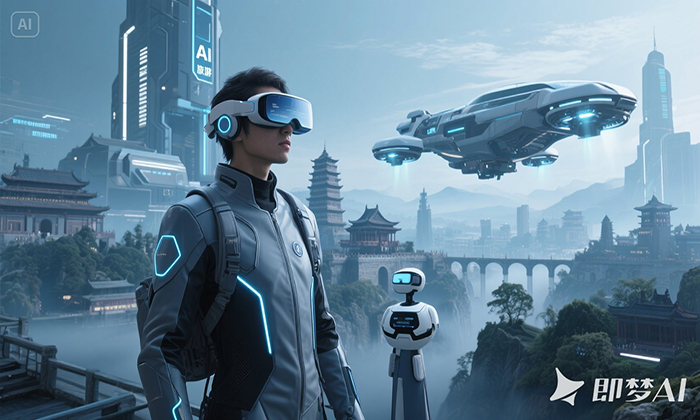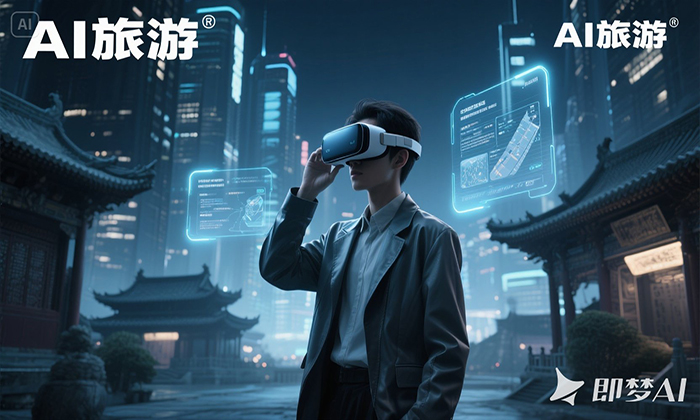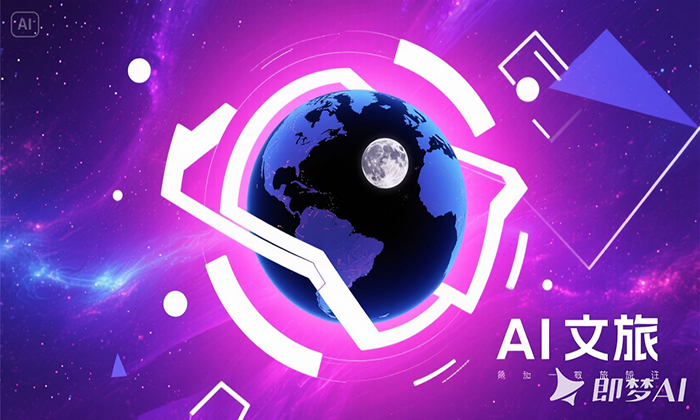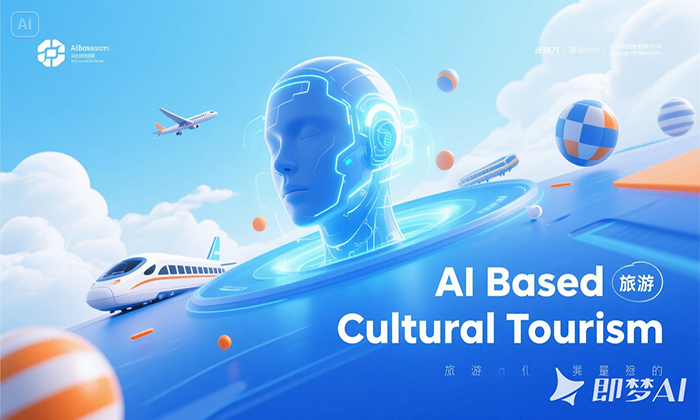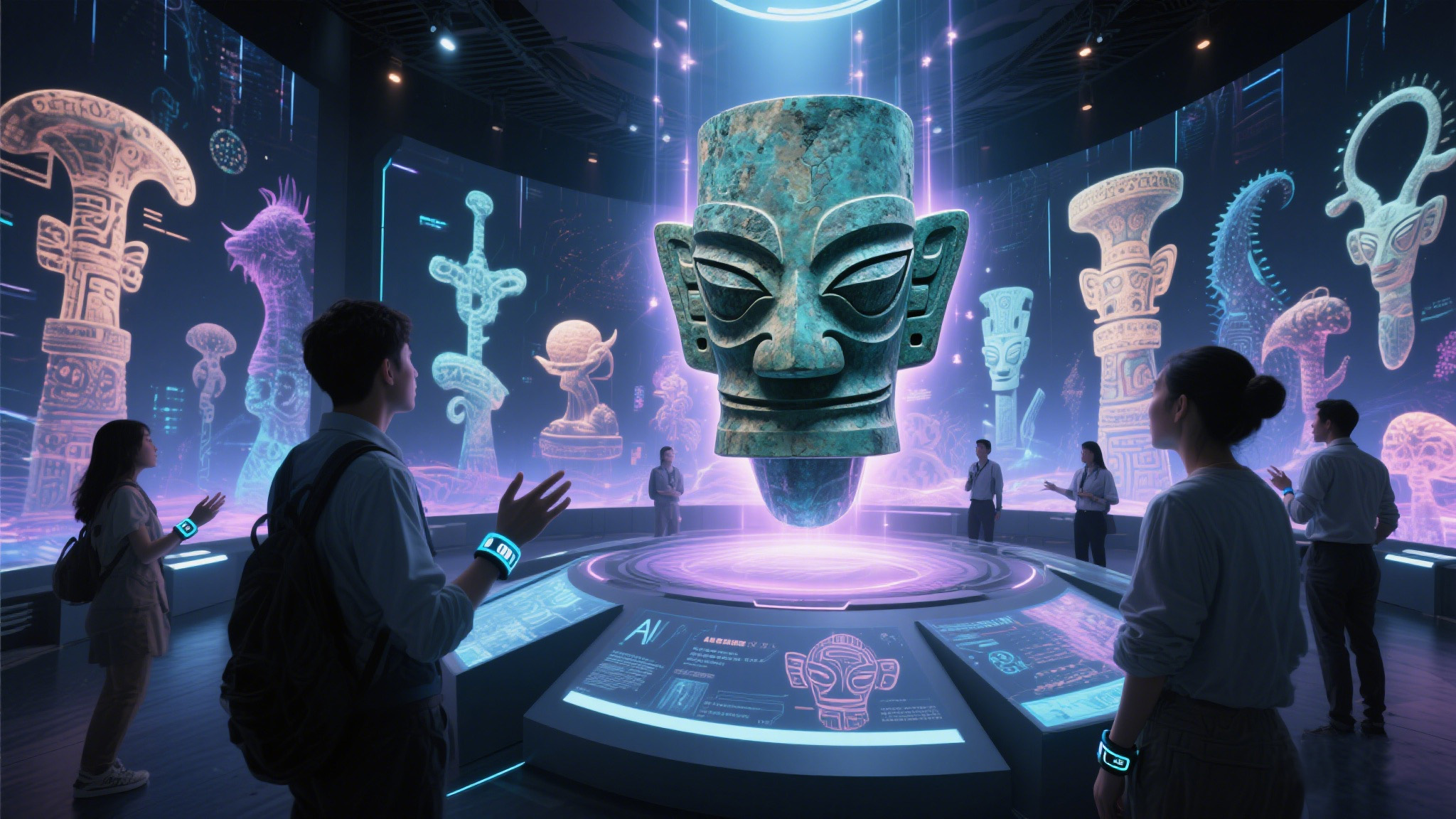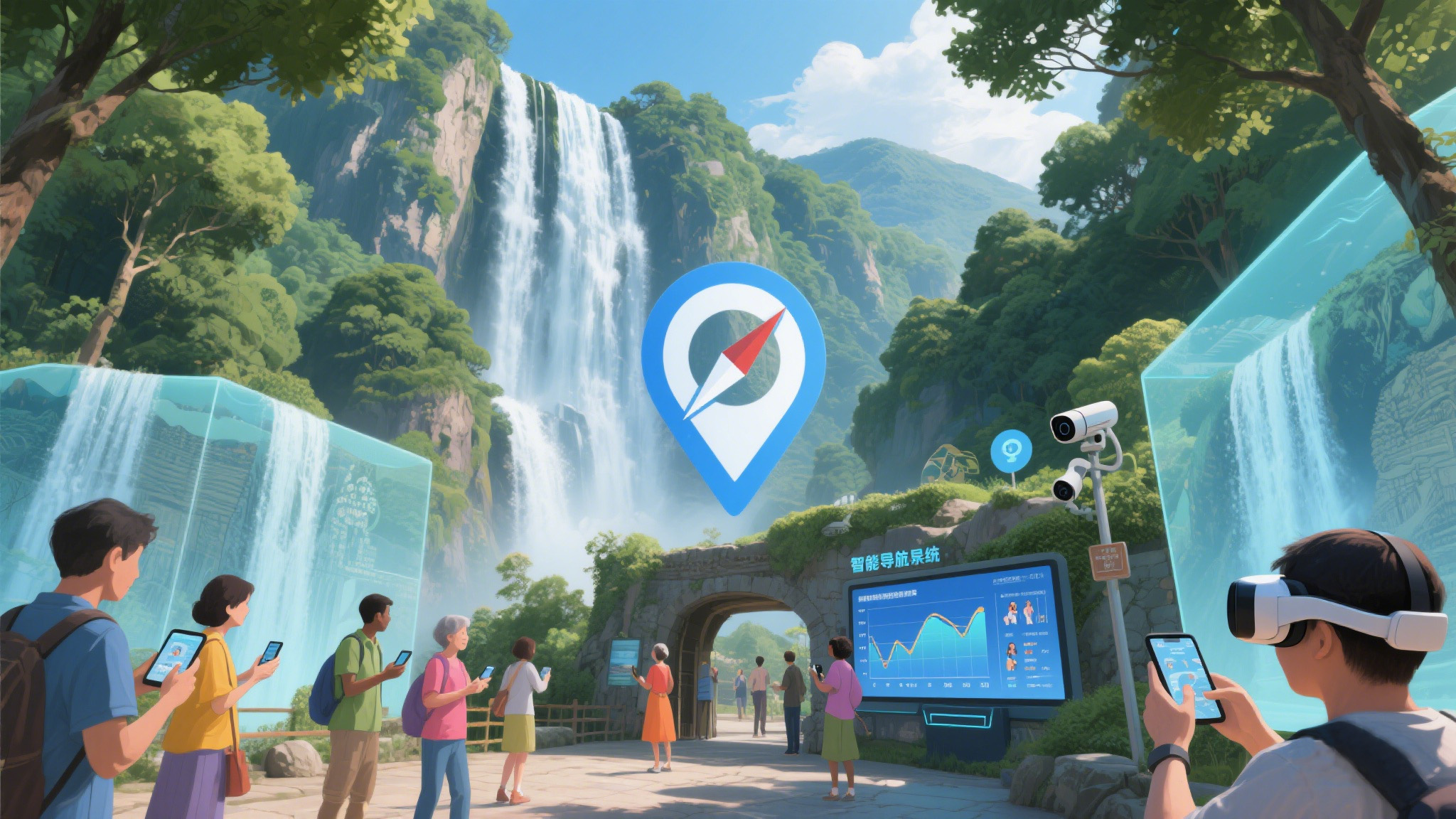Dialogue Across Time and Space: How AI-Powered Virtual Tourism is Reshaping Cultural Heritage
阳光 2025-05-27
How AI-Powered Virtual Tourism is Reshaping Cultural Heritage
Dialogue Across Time and Space: How AI-Powered Virtual Tourism is Reshaping Cultural Heritage
With a simple tap on the screen, the Medicine Buddha Sūtra mural in Mogao Grotto 220 unfolds before your eyes. Miraculously, the faded colors are restored to life by AI algorithms. As you turn your head wearing VR glasses, the ribbons of celestial nymphs seem to brush past your ears. In this moment, the thousand-year-old civilization is no longer an untouchable exhibit behind museum glass cases but a vivid memory within reach. This is the transformative experience brought by AI-powered virtual tourism—it builds a time tunnel for cultural heritage using technology, allowing every traveler to become a witness and guardian of civilization.
In the "Digital Dunhuang" project of the Dunhuang Academy, AI technology demonstrates astonishing cultural restoration capabilities. Researchers use computer vision and deep learning algorithms to conduct high-precision scans of 45,000 square meters of murals. The algorithm accurately identifies color loss and broken lines in damaged areas. AI can not only fill physical cracks but also restore the original gorgeous colors of the murals based on historical data and artistic rules. Wearing VR devices, visitors seem to be in the grottoes of the prosperous Tang Dynasty, listening to the Buddha in the murals preaching and watching devout donors worship. This "immersive" experience enables Dunhuang culture to break through geographical and temporal limitations, attracting millions of online visitors to "tour" Dunhuang every year, and truly bringing the millennium-old art treasures into the public eye.
At the Sanxingdui Museum, the combination of AI and holographic projection technology creates amazing interactive experiences. When visitors approach the display case of the bronze sacred tree, the AI algorithm captures their movements in real time, and the holographic projection immediately presents scenes of ancient Shu ancestors' sacrifices: shamans dressed in gorgeous costumes dance around the sacred tree, and the bronze masks glimmer with mysterious light in the fire. Through gesture recognition and voice interaction, visitors can even "command" virtual characters and participate in the sacrificial ceremony. This "tangible" history makes the culture of Sanxingdui no longer cold relics but vibrant stories of civilization. Statistics show that after the opening of the AI interactive exhibition area, the proportion of young visitors increased by 40%. The ancient civilization, with technology as the medium, has successfully captured the hearts of the younger generation.
The "Holographic Porcelain Tower" of the Grand Bao'en Temple in Nanjing is a masterpiece of digital twin technology. This iconic building of the imperial temple in the Ming Dynasty was destroyed by war. Now, through laser scanning and AI modeling, its entire appearance is restored at a 1:1 scale. When visitors stroll through the park wearing AR glasses, the ancient tower "grows" from the ruins, and the multicolored porcelain glows brightly in the sunlight. More incredibly, the AI system can simulate the appearance of the tower in different periods according to historical documents—from its glory when first built, to the ruins in the war, and finally to the restored appearance in modern times. This "time-traveling" experience allows visitors to deeply understand the hardships and significance of cultural heritage, and also raises the visitor satisfaction rate of the Grand Bao'en Temple to over 95%.
The significance of AI-powered virtual tourism goes far beyond entertainment. It is like a key that unlocks a new dimension of cultural heritage: in remote areas, students can visit the treasures of the Forbidden City through VR devices; overseas, foreign friends can understand the mysteries of oracle bone inscriptions with the help of AI translation technology. According to UNESCO statistics, more than 3,000 cultural sites around the world have adopted AI technology for digital protection, increasing the efficiency of cultural heritage dissemination by nearly a hundredfold.
Standing at the intersection of technology and culture, what we see is not just cool technology but also humanity's persistent pursuit of cultural heritage. When AI algorithms repair cracks in murals, they heal the wounds of history; when holographic projections recreate scenes of civilization, they revive the soul of culture. In the future, with the iteration of technology, AI-powered virtual tourism may achieve even more astonishing breakthroughs—perhaps one day, we will be able to "enter" Along the River During the Qingming Festival and converse with the ancients, or "witness" the construction of the Pyramids and touch the pulse of civilization. This dialogue across time and space, written with the pen of technology, continues to compose a magnificent chapter in human civilization.







